Have you ever tried measuring the effectiveness of your internal communication tools? Many people assume numbers and statistics are the best way to track progress, but the truth is, employee engagement is impossible to assess solely by numbers. Sometimes stats tell a different story from what is actually happening within your internal communications software.
Let’s say an article you posted on your company intranet gets a lot of page views… hooray! But are people clicking anything? Are they engaging with the content and finding value in it? Are they retaining the information to excel in their roles? Some of these questions can be answered with numbers, and others cannot.
You’ll want to “think outside the box” to get an accurate understanding of how effective your current internal communication tools are. Especially when it comes to engagement on your intranet, which is packed with many tools that streamline and connect your employees.
You can analyze the effectiveness of your internal communication strategy in many ways. Here are a few prime examples:
1. Look at employee profiles.
Employee profiles give you a glimpse into the lives of every person on your company intranet. Profiles showcase their skills, abilities, hobbies, interests, and more. Part of having effective internal communication tools is encouraging employees to fill out their profiles. This includes uploading a profile photo and filling out personal interests. Employee profiles benefit every member of your digital workplace by treating staff like people and not names in a directory. It also enhances engagement and communication between colleagues.
2. Judge quality of content.
Content is a major part of your intranet (and of your business in general). Effective internal communication tools will prioritize fresh, relevant and timely content for both internal and external purposes. Are employees engaging with the content? Are you receiving positive feedback? If you notice a shift in quality, adjust how your company communicates with your content creators.
3. Set benchmarks.
It’s true that every organization is unique to itself and there’s no “one size fits all” solution. That said, it’s never a bad idea to have a few benchmarks to use as reference points. This will help you get a better view of how things are faring within your company intranet and establish goals in your internal communications plan. Research intranet case studies to get your own intranet closer to where you’d like it to be.
4. Monitor employee engagement levels.
Employee engagement can make or break a company. Anyone in a managerial role knows the difficulties of keeping engagement levels from falling. An intranet is an excellent platform to monitor levels of employee engagement… and improve them. Effective internal communication tools can only thrive with engaged employees using your company intranet. If you see usage falling for specific individuals, it may be time to have a chat and figure out what’s going on.
5. Create surveys.
Surveys may seem like a blast from the past, but they can be effective. To yield useful results, take your time to prepare a worthwhile survey. If they’re too long or ask the wrong questions, you’ll only aggravate your employees. Keep questions short and to the point. Ask yourself, “What am I trying to uncover?” and make sure the survey reflects this question. Then, implement the feedback into your internal communication strategy.
6. Look for strong collaboration.
Collaboration between team members is a key sign that communication is thriving. If employees are using collaboration tools, they must be communicating, right? Collaboration is one of the main goals when companies first implement a new intranet and the differences can be astounding once things get off the ground. To keep everyone engaged, you may want to set collaboration goals each month.
7. Keep the intranet clean.
If you have a lot of unorganized content packed into your intranet, you won’t be able to find anything. A lack of intranet organization is a clear sign of communication issues. Pay attention to what areas are cluttered and how you can better organize your content. One of the greatest advantages of intranet software is having knowledge at your fingertips – make sure users can find it.
8. Check how often employees use email, then replace it with intranet chat.
Email can be a powerful tool for communication, but there are better methods. Intranet chat, messaging, and commenting… they all facilitate instant employee communication. Your intranet can actually replace email for day-to-day conversation between coworkers. Analyze how your staff is currently using email. If you see a drop in messages … well … this may actually be a sign that your internal communication tools are becoming more effective. If conversation on your intranet is up and email conversation is down, you’re in a good spot.
9. Review shared calendars.
Intranet calendars make scheduling, tracking, and sharing important events easy. They are one of the most standard and fundamental features to communicate, connect, and inform. You can measure effective internal communication through calendar usage by making sure departments are updating their calendars regularly. This way, people within that division are informed and updated. Calendars are easy to use, but you still need to communicate their importance to your team.
10. Forget “time spent” on the intranet.
Having effective internal communication tools doesn’t rely on people being online at all times, which is why monitoring time spent on the intranet doesn’t serve as a good benchmark for performance. The whole point of an intranet is to streamline business processes and make life easier. This means there will be many times when people will log-in, get what they need, and leave.
11. Focus on your company’s success.
A great way to tell if you have effective internal communication tools is to look at the success of the company. If goals are soaring to new heights, you’ll know that communication is where it needs to be. If business slows down and productivity falls, start re-evaluating your strategy. A lack of productivity can signify communication issues. If this is the case, re-evaluate your internal communication plan.
12. Monitor project management.
A great internal communication tool found in many intranet platforms is the project and task management feature. This helps streamline various tasks and the communication required to complete projects successfully. As with anything else, issues can arise when people aren’t using it. If projects become stagnant, look deeper into your internal communication tools.
13. Take a “before and after” approach.
When a new campaign is underway, you can expect to learn more about the functionality of your company. Campaigns require teamwork and strong internal communication tools, which if approached correctly, will have a positive effect on your staff and business. When rolling out a new product, check the effectiveness of your internal communications. Then immediately after the success of a launch, check it again. This “before and after” approach can be useful in all aspects of life and business. The sooner you use it, the more likely it is you’ll see a measurable change.
14. Maintain active discussion forums.
For a long time, forums have been the facilitators for online conversations. The same concept applies to your company intranet. You may need to jumpstart conversations to keep communication flowing. Employees can receive notifications to alert them of your intranet discussion forum posts. This pushes effective internal communication forward. Keeping things on topic is important, but let people discuss hobbies and interests too. This can be a great way for individuals to get to know each other better.
15. Encourage ideas and creativity.
When measuring internal communications, check out the ideas coming from your staff. More often than not, creativity and artistic development matters far more than numbers. You could have an infinite number of ideas, but they’ll be useless if they add nothing to the company. This is one area of business where you can allow numbers to take a backseat. Instead, focus on the development of great ideas and solutions.
16. Use your analytics tool.
There are many ways to measure internal communication effectiveness, but an analytics tool will quantify employee activity in a snapshot view. It’s important to reiterate: employee engagement cannot and should not be dictated by numbers. But, this data is still valuable in its own right. See how many views, reads, comments, likes, etc. different areas of your company intranet receive. Then, take action.
17. #Tag your content and make searching for it easy.
You could have the world’s most valuable information, but if staff has a hard time finding it, your content is useless. A robust search engine is one of the most important internal communication tools – it puts all knowledge on your employees’ fingertips. Take it a step further and encourage staff to tag content. This way, information is sorted by a general topic and easier to find.
18. Maintain an extensive Q&A forum.
Questions are a good thing. They catch mistakes, grow teams, and spread knowledge. Your Q&A forum is the go-to spot for answers … and it bypasses time spent tracking colleagues for information. Therefore, you’ll want a hefty assortment of answers to solve various questions within your company. If it’s being used, you can be sure your organization’s internal communications tools are strong.
19. Use gamification and rewards tools.
Everyone wants to feel appreciated. When employees go above and beyond in the office, let them know. You can do this a couple ways… intranet software has badges, or virtual awards, to send a “Good Job” to those who deserve it. You can also deploy intranet gamification features, such as points, to recognize tasks large and small. An integral component to an effective internal communications plan is creating a supportive and respected environment for your entire staff. If these tools are being used frequently, management is doing their jobs.
20. Keep employees happy.
It may sound self-explanatory, but when people are happy, they show it. The same goes for professional environments. When employees are empowered with knowledge, tools and support, they are excited to do their jobs. Keep tabs on the energy in the office and projects. Here, more than anywhere else, is where you can measure the success of your internal communications.
In conclusion.
Effective internal communication tools are important to the future of your organization. If people cannot communicate clearly, your ultimate success will hinder. Focusing on improvement is well worth your time. Set goals, understand what you’re working with, and watch communication help your company soar.

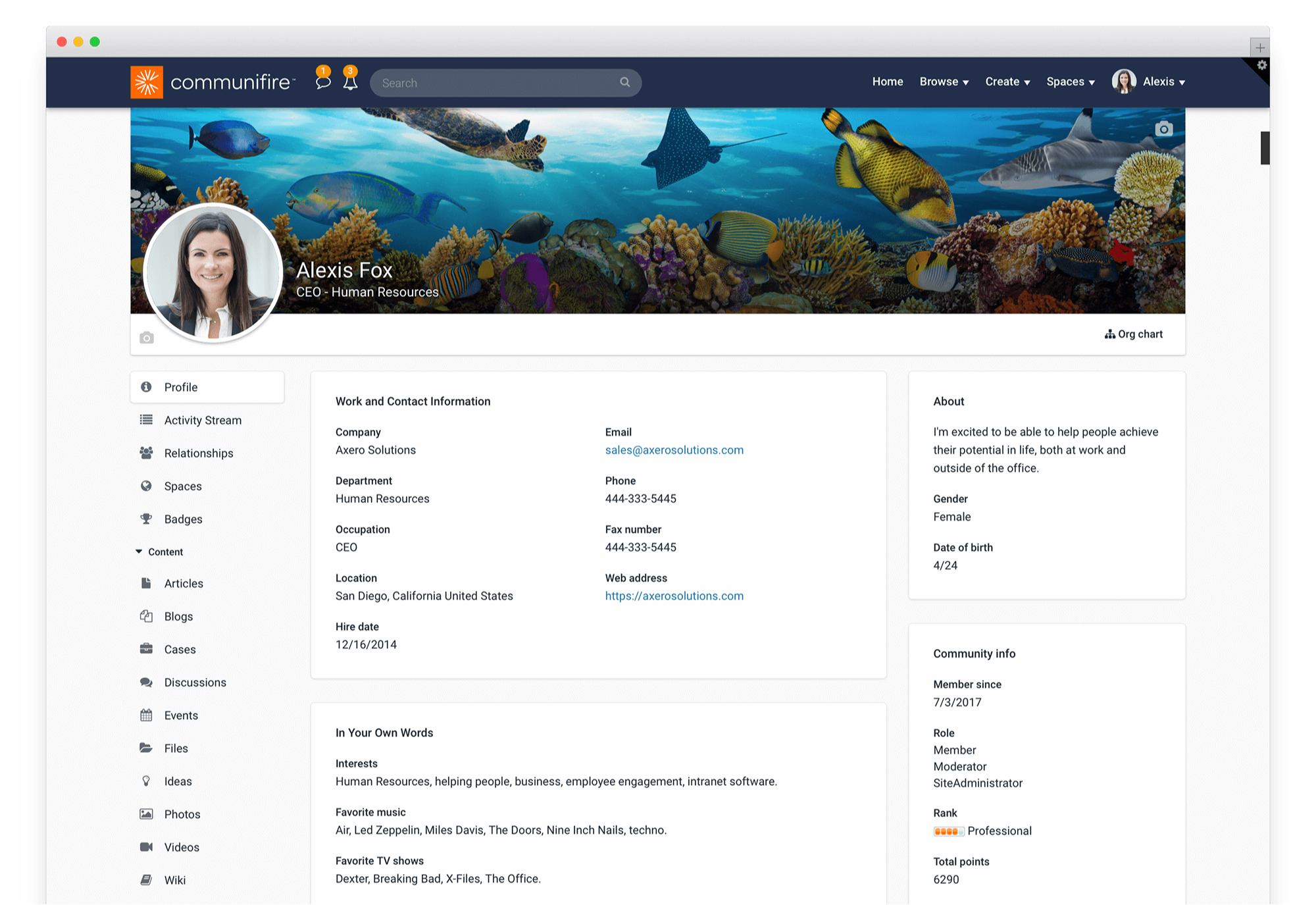
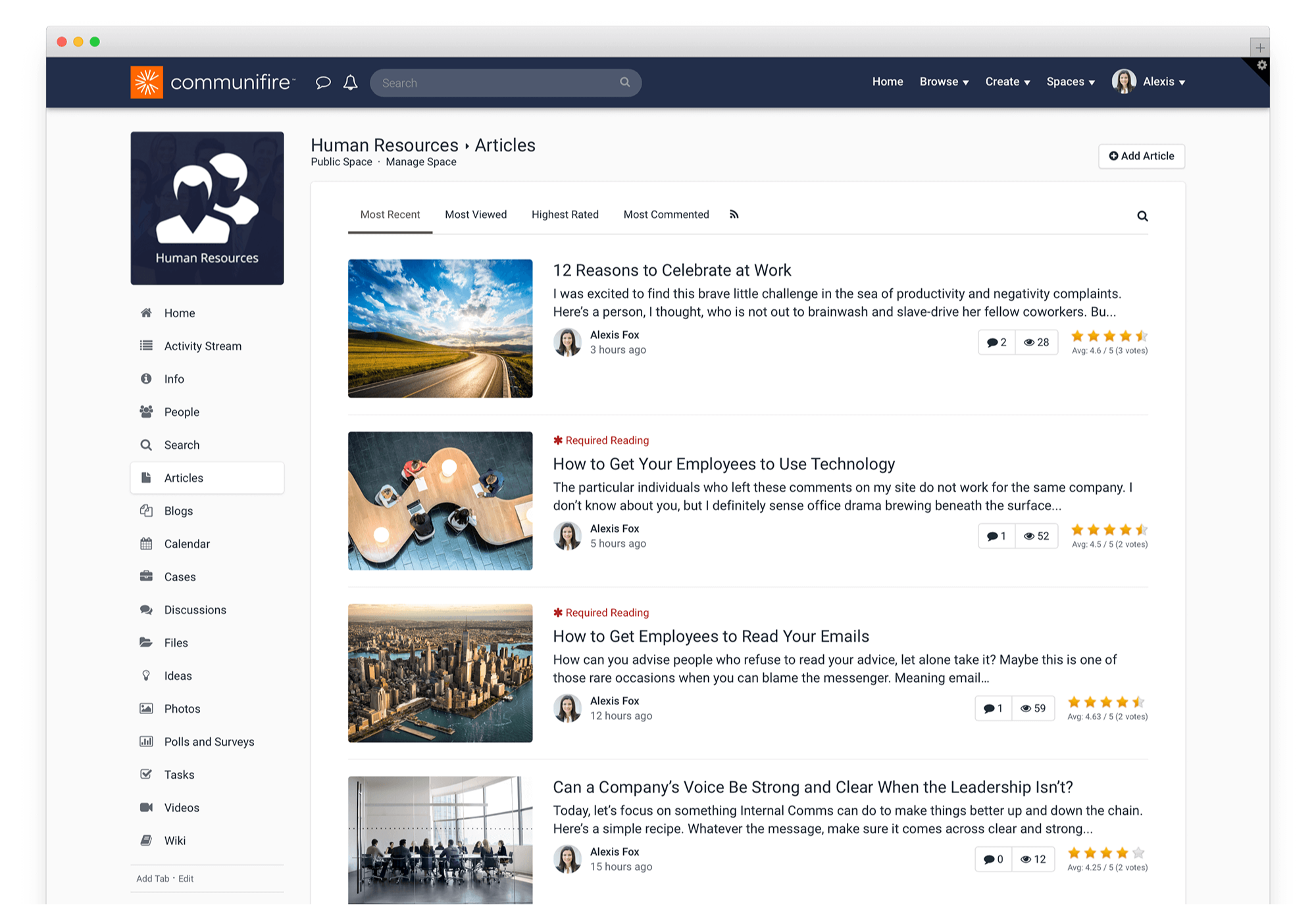
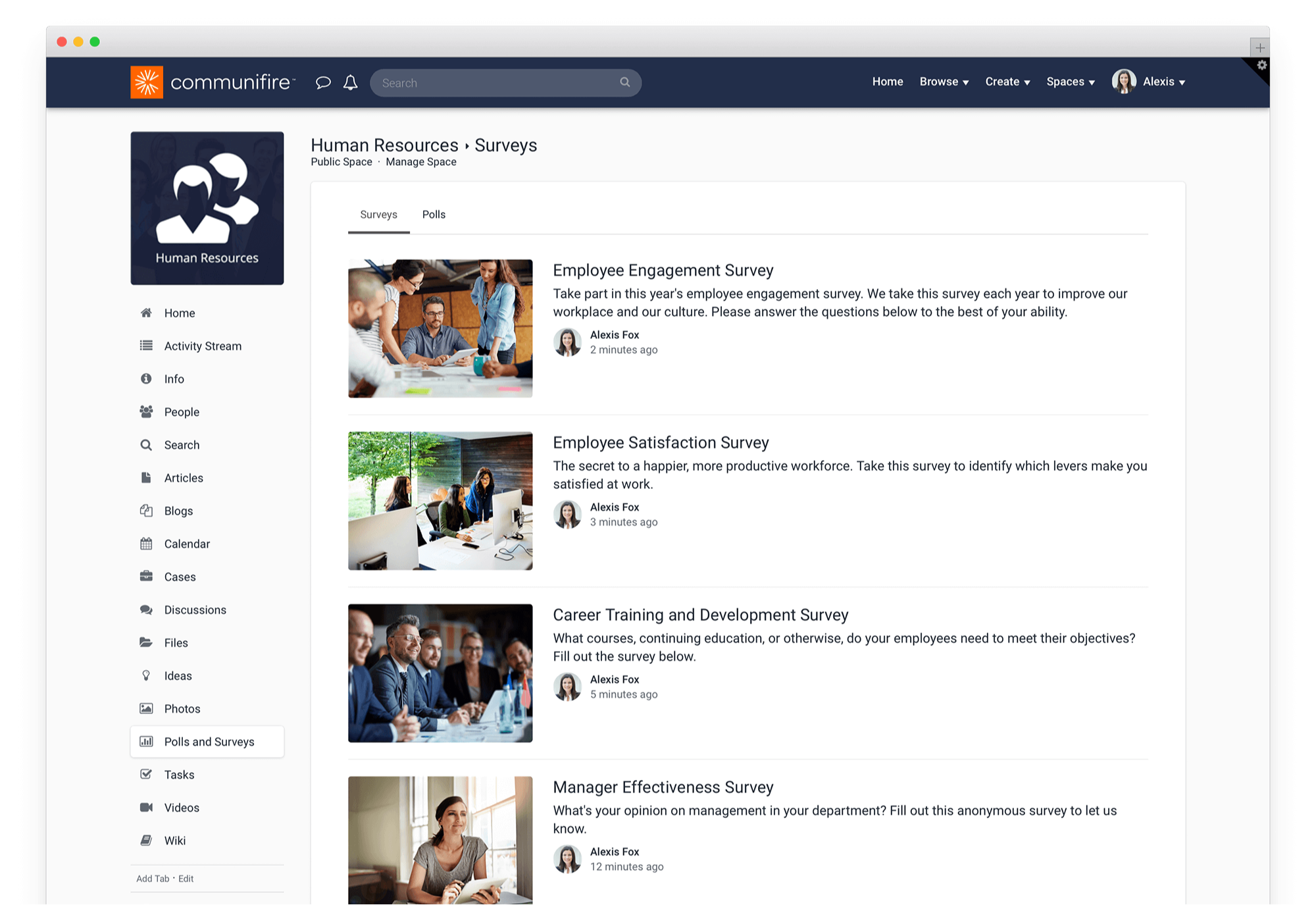
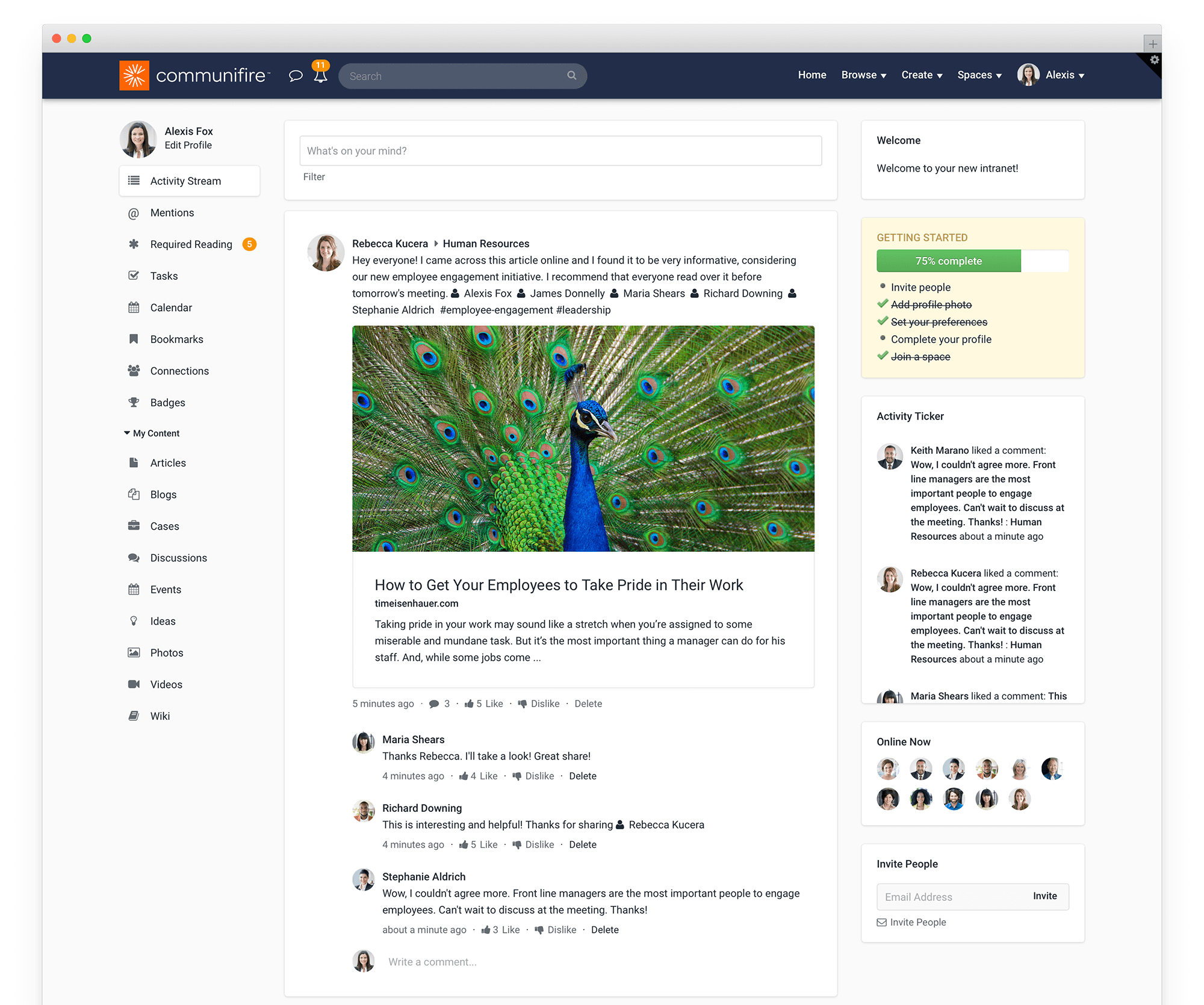

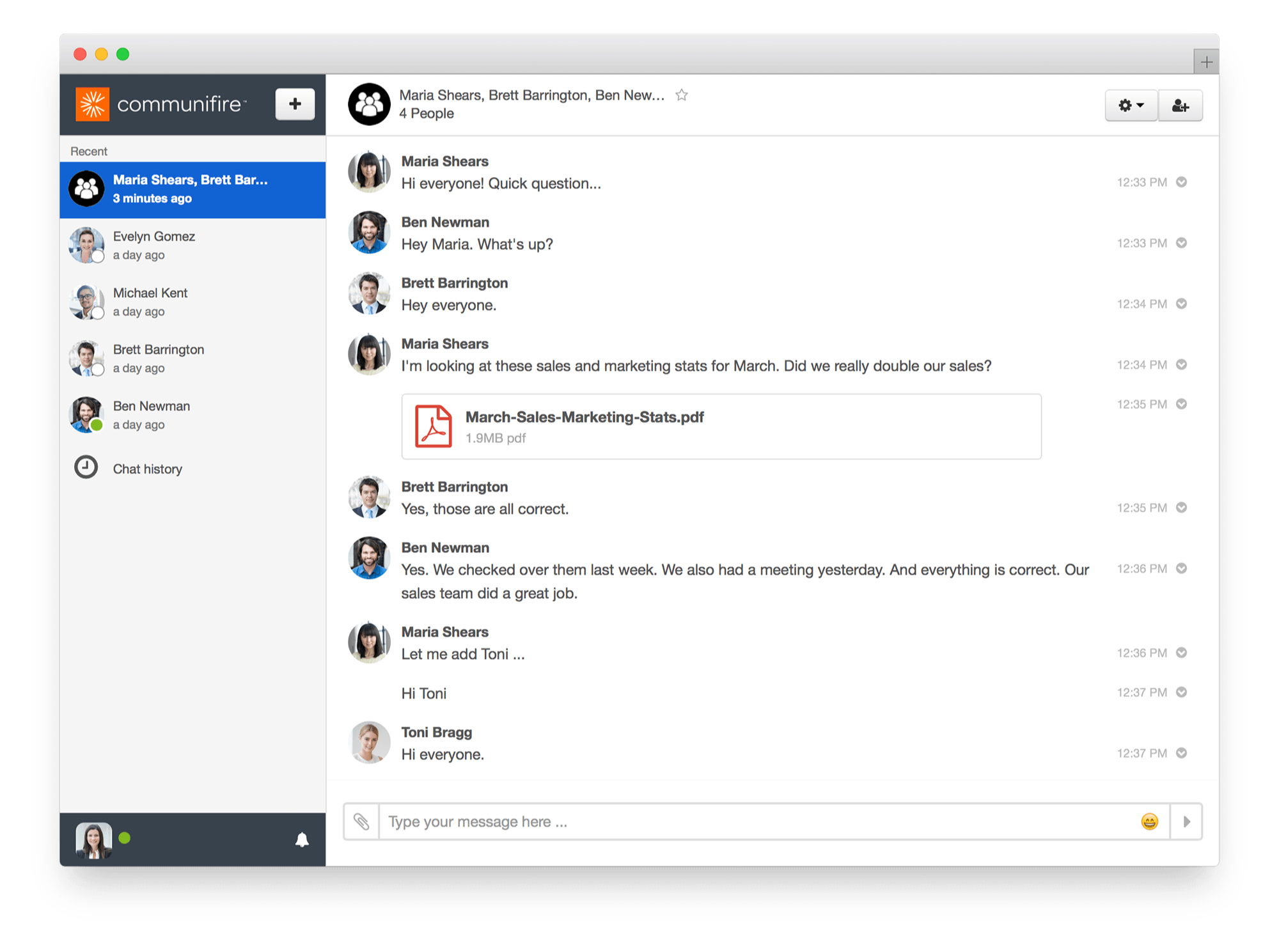
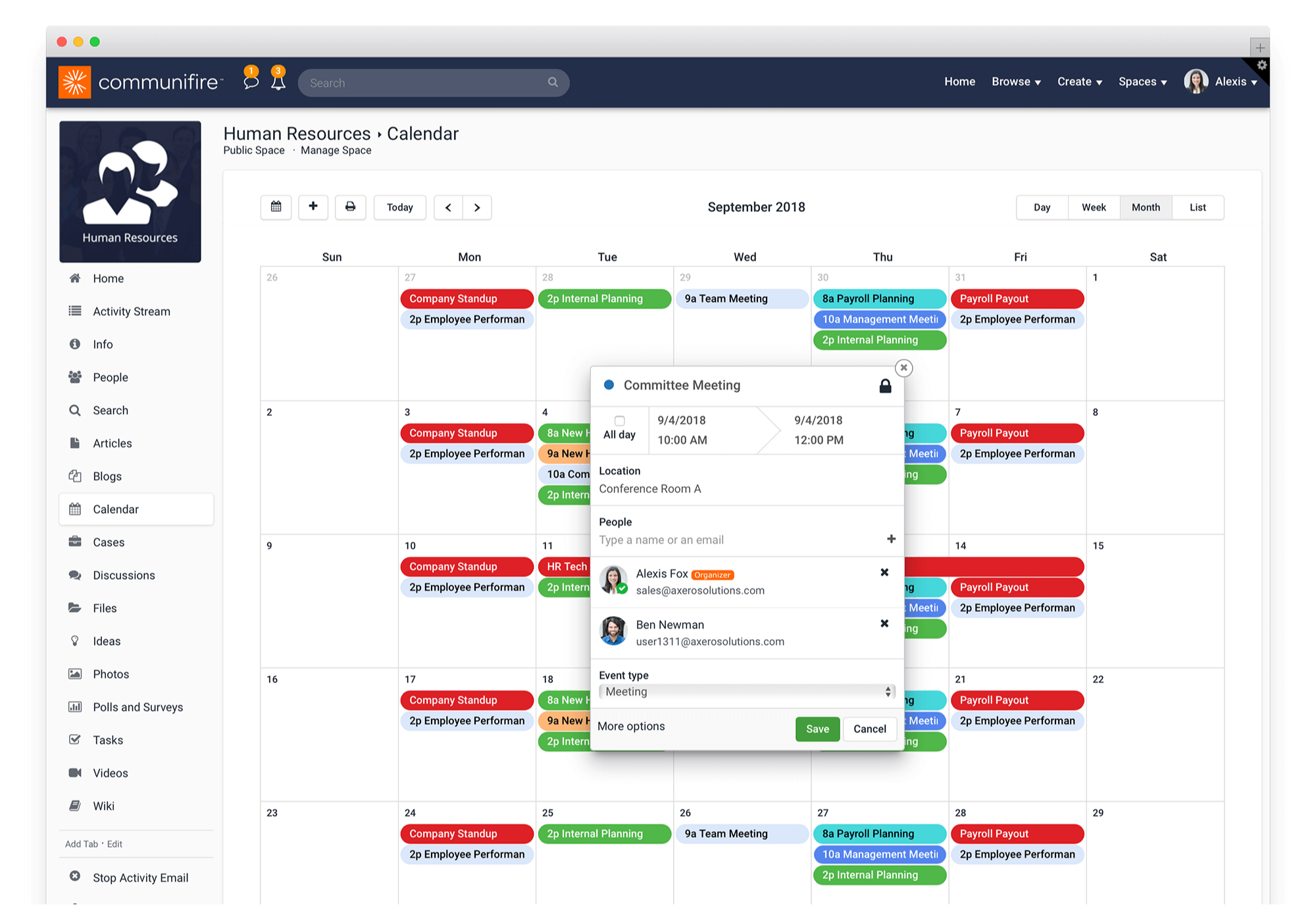
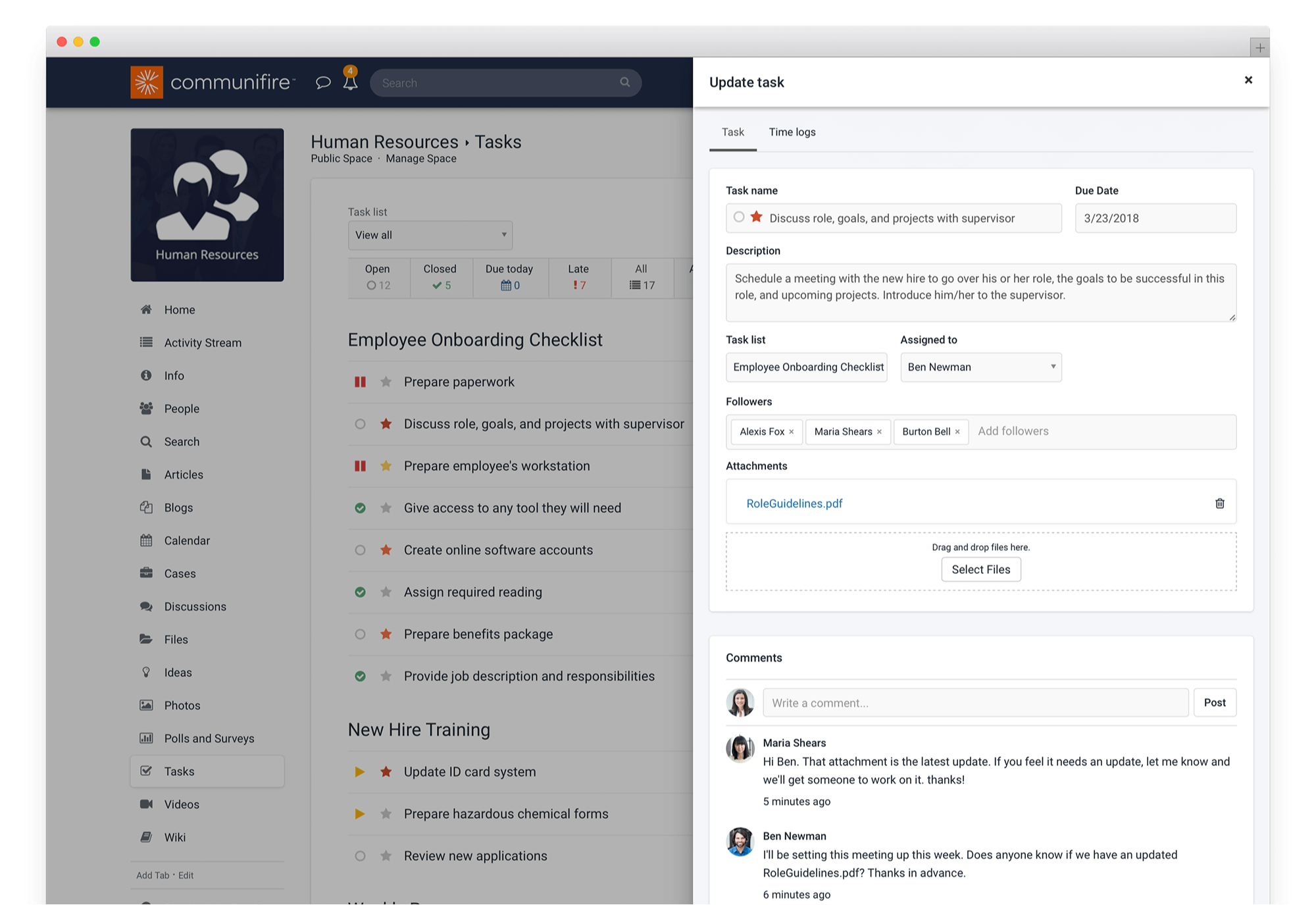
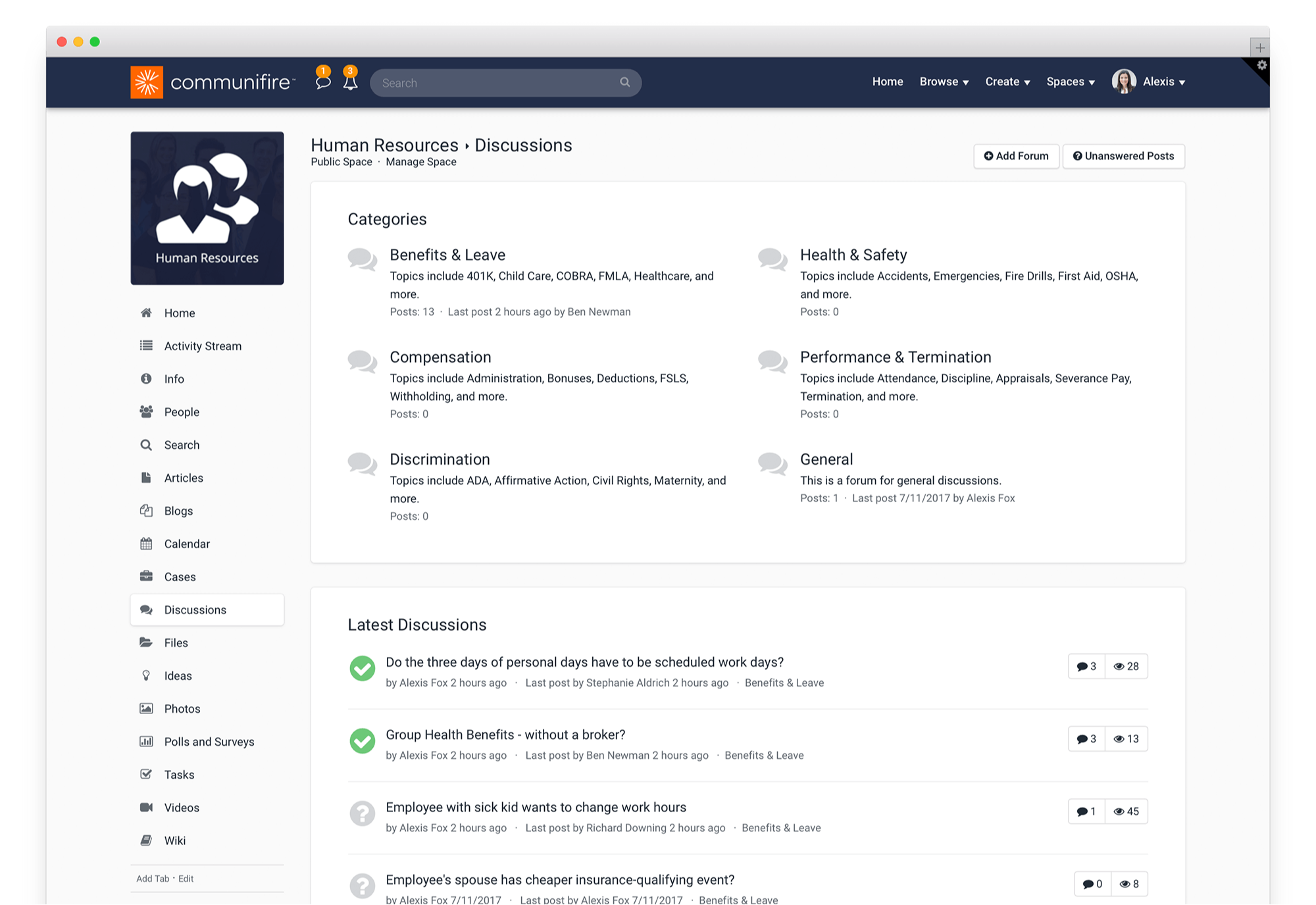



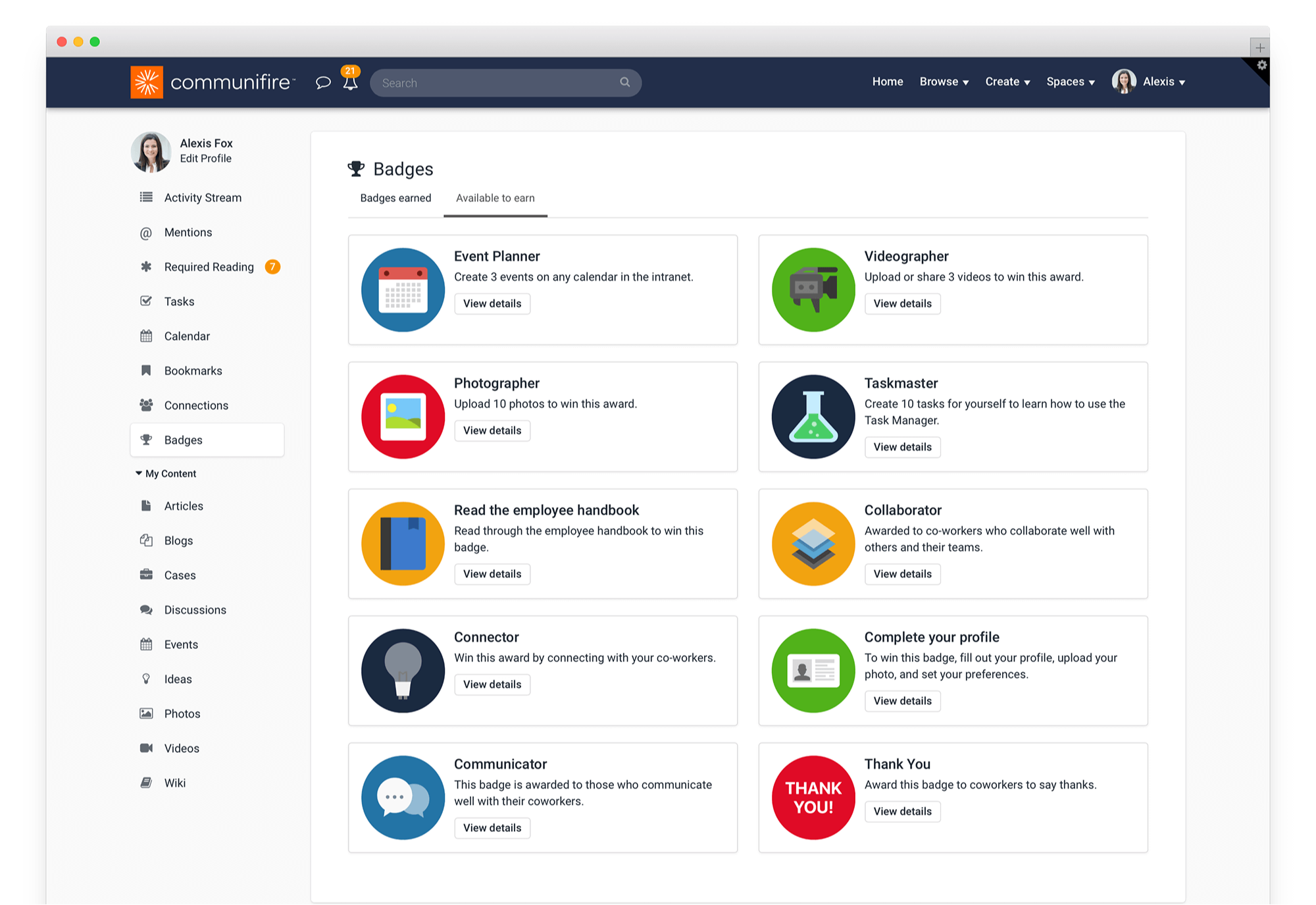











 info@axerosolutions.com
info@axerosolutions.com 1-855-AXERO-55
1-855-AXERO-55


